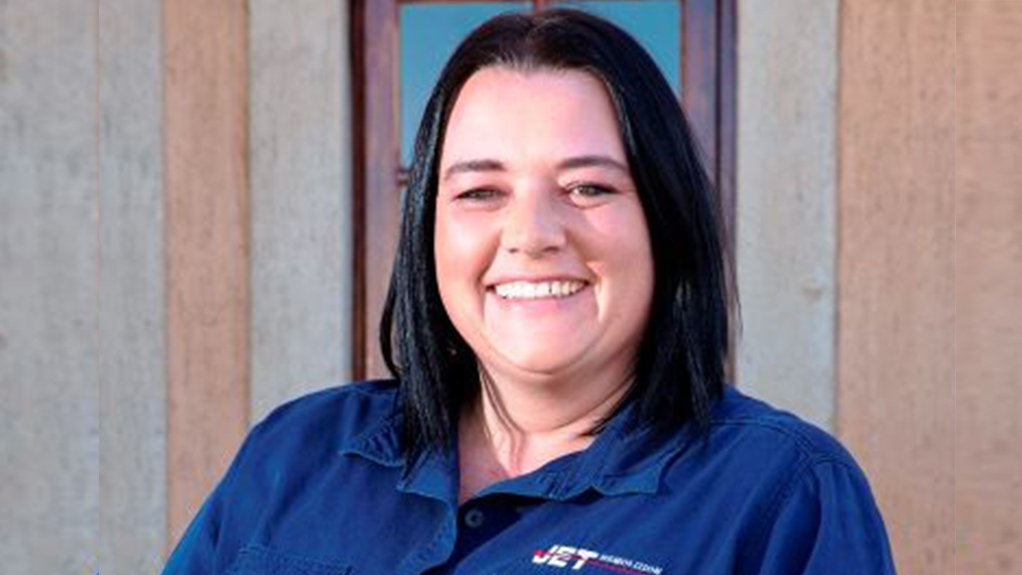/ MEDIA STATEMENT / The content on this page is not written by Polity.org.za, but is supplied by third parties. This content does not constitute news reporting by Polity.org.za.
It can be reasonably anticipated that the full extent of the damage caused to structures during the unprecedented flooding in parts of KwaZulu-Natal from 11 to 12 April may only be revealed over time. This is because the potential for water ingress through damaged concrete could result in spalling over time. “It is important that structures are not only assessed on a once-off basis, but that repeat inspections are carried out at varying intervals to fully understand the damage caused,” says Jet Demolition Contracts Manager Kate Bester.
The damage caused to structures will vary due to various factors, including the duration at which these structures were submerged, whether they were submerged or exposed to flowing water, and the areas within which they are constructed. “The key consideration now is to continue to exercise caution,” urges Bester. This is important where structures have suffered damage or been exposed to extreme elements such as excessive water or even fire.
The way forward now is for specialist companies and engineering consultants to undertake general preliminary assessments to determine whether a given structure can be salvaged or may need to be condemned. Such professionals are usually appointed by the property owners or their insurers to guarantee that these critical assessments remain independent. “In some cases, structures that pose an immediate risk to public safety will be completely vacated and placed under guard to prevent unauthorised access,” notes Bester.
When dealing with unsafe, unsound, or irreparably damaged structures, the primary concern is to bring the structure to ground safely. Once the structure is reduced to a safe condition, the focus can shift to sorting and managing the resulting waste. Typically, concrete rubble will either be crushed for reuse in shaping and backfilling activities or removed to spoil.
Steel will be recycled, while hazardous materials such as light ballasts or electronic waste is removed to hazardous waste disposal. In extreme cases, most prevalent in fire-damaged structures, there is often product or goods stored within the facility prior to the blaze. These fire-damaged goods, in most instances, are not suitable for general disposal and need to be treated as hazardous waste.
“Jet Demolition regularly assists property owners and insurers to estimate the demolition costs associated with these projects or advising on the most appropriate approach to bring the structure safely to ground,” highlights Bester. The challenge is that demolition methods are often prescribed in requests for proposals (RFIs) based on experience. However, this may not necessarily be the best option for a damaged structure.
“We add value by advising potential clients or insurers on more appropriate and risk-adverse methods more suited to the actual condition of the structure,” says Bester. The equipment deployed on a damaged structure varies from a 1.4 tonne mini excavator to enter extremely confined spaces to a 102 tonne high-reach demolition excavator capable of tackling a structure mechanically without the need for persons to enter into unsafe or structurally unsound environments.
“We own a fleet of specialised plant and equipment, ensuring we are able to respond appropriately to the task at hand without introducing any unnecessary or additional risk,” says Bester. Jet Demolition has responded to several emergency projects over the years, as far afield as Indonesia, where it undertook the explosive toppling of a damaged water tower in Banda Aceh for the UN Development Programme. “Closer to home, we have responded to a vast number of emergency projects resulting from fires, human error, or natural disaster,” concludes Bester.
Pull quote
“It is important that structures are not only assessed on a once-off basis, but that repeat inspections are carried out at varying intervals to fully understand the damage caused.” – Kate Bester, Contracts Manager, Jet Demolitiondemolition challenges.
Issued by Ngage on behalf of Jet Demolition
EMAIL THIS ARTICLE SAVE THIS ARTICLE ARTICLE ENQUIRY
To subscribe email subscriptions@creamermedia.co.za or click here
To advertise email advertising@creamermedia.co.za or click here











